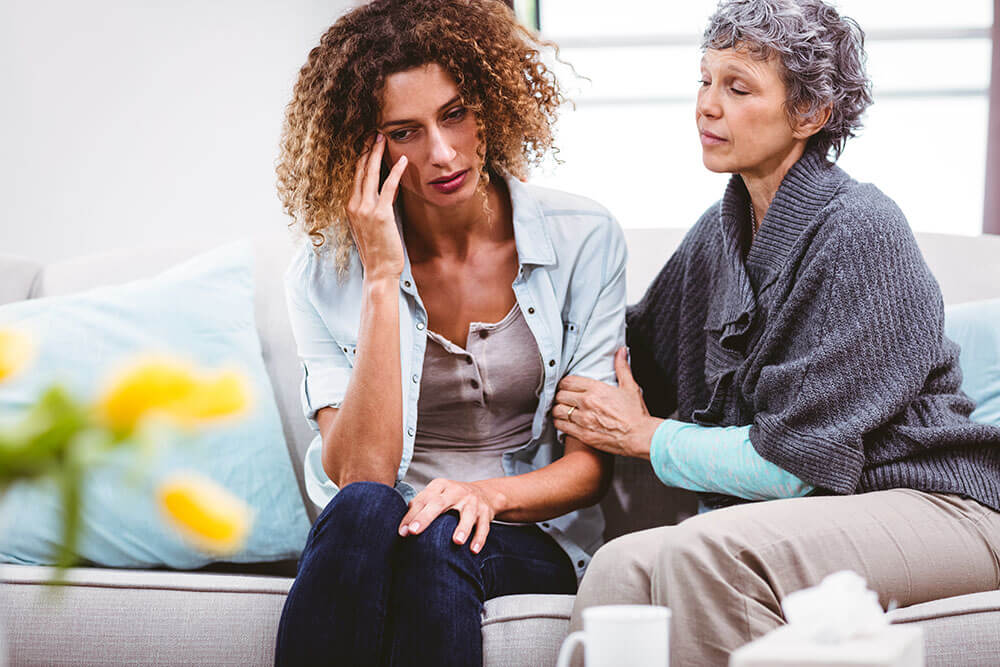Early menopause, also known as premature menopause, is a condition in which a woman experiences menopause before the age of 40. Menopause is the point in a woman’s life when her ovaries stop producing eggs and her menstrual periods stop. The average age for menopause is 51, but some women may experience it as early as their 30s or 40s.
Symptoms of Early Menopause
Symptoms of early menopause can include:
Hot flashes: Hot flashes are a common symptom of menopause and can occur in early menopause as well. These are characterized by a sudden feeling of warmth or heat that spreads over the body, often accompanied by sweating and a rapid heartbeat.
Vaginal dryness: As a woman’s estrogen levels decrease during menopause, the tissues in the vagina can become dry and thin, leading to discomfort or pain during intercourse.
Irregular periods: Menopause is characterized by the end of a woman’s menstrual periods. In early menopause, periods may become irregular or stop altogether.
Mood swings: Menopause can cause emotional changes, such as mood swings, anxiety, or depression.
Sleep disturbances: Hot flashes and other symptoms of menopause can disrupt a woman’s sleep, causing insomnia or other sleep disturbances.
Bone loss: Estrogen plays an important role in maintaining bone density. As a woman’s estrogen levels decrease during menopause, her risk of osteoporosis (a condition that causes bones to become weak and brittle) increases.
Low libido: Some women may experience a loss of interest in sex during menopause.
Treatment for early menopause
Treatment for early menopause can include hormone replacement therapy (HRT), which replaces the hormones that the body is no longer producing. HRT can help relieve symptoms such as hot flashes, vaginal dryness, and mood swings. It can also help prevent bone loss and reduce the risk of osteoporosis.
HRT is typically administered as a pill, patch, gel, cream, or ring. It contains either estrogen alone or estrogen and progestin (a synthetic form of progesterone). The type of HRT that a woman takes depends on whether or not she has a uterus. Women who have had a hysterectomy (surgery to remove the uterus) can take estrogen alone, but women who still have a uterus need to take estrogen and progestin to prevent endometrial cancer.
Non-hormonal treatments for early menopause include:
Antidepressants: Some antidepressants, such as venlafaxine (Effexor) and fluoxetine (Prozac), can help relieve hot flashes.
Gabapentin (Neurontin): This medication, typically used to treat seizures, can also help reduce hot flashes.
Clonidine (Catapres): This medication, typically used to treat high blood pressure, can also help reduce hot flashes.
Soy products: Soy products, such as soy milk and tofu, contain phytoestrogens (plant-based estrogens) that can help relieve menopausal symptoms.
Black cohosh: This herb has been used to treat hot flashes and other menopausal symptoms.
Vitamin E: This vitamin can help reduce hot flashes and vaginal dryness.
It is important to note that HRT carries a small risk of blood clots, stroke, and breast cancer. Women should discuss the potential risks and benefits of HRT with their doctor before starting treatment.

 Home
Home Health
Health Diet & Nutrition
Diet & Nutrition Living Well
Living Well More
More












